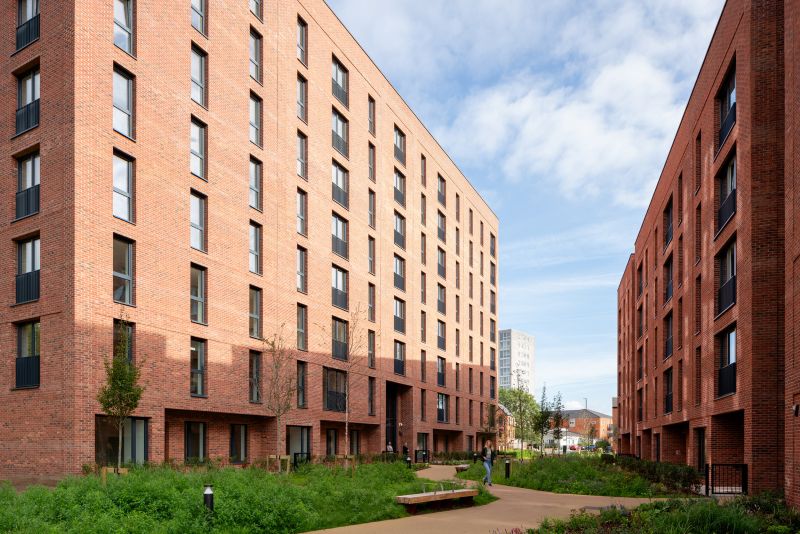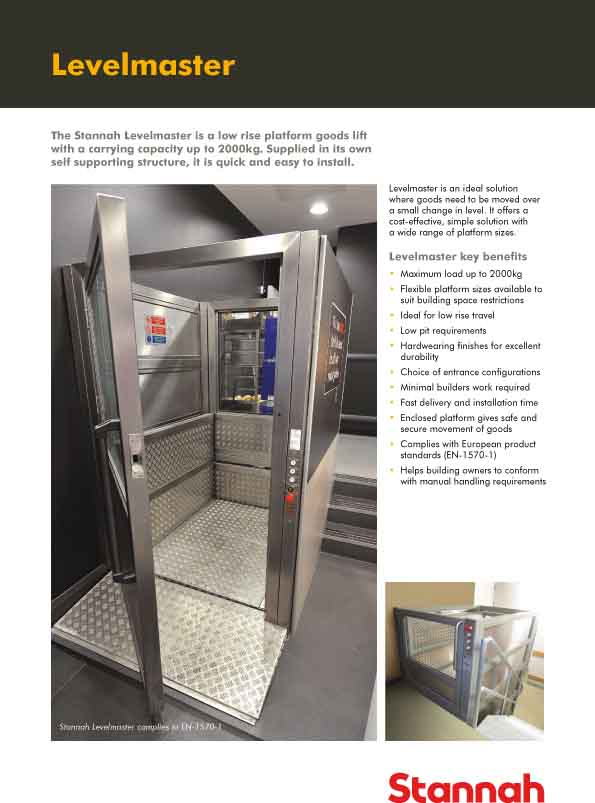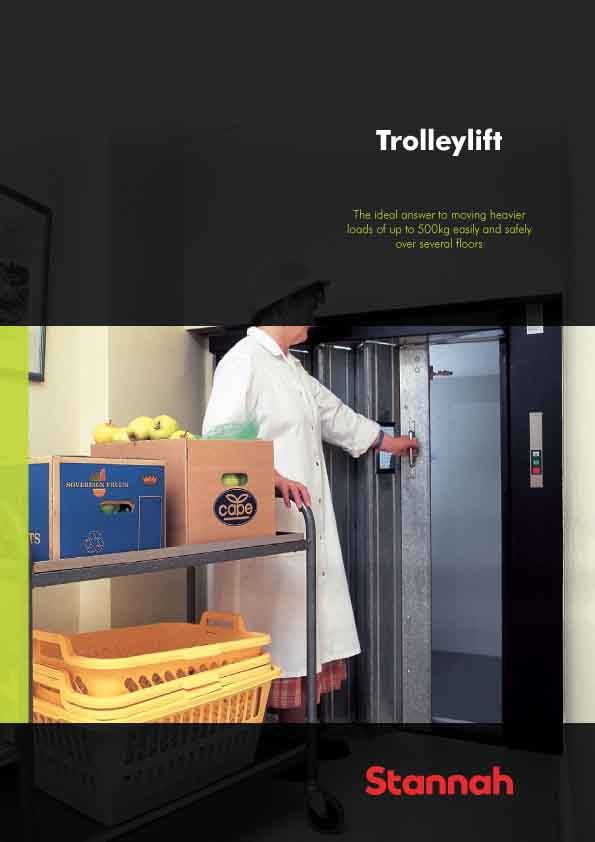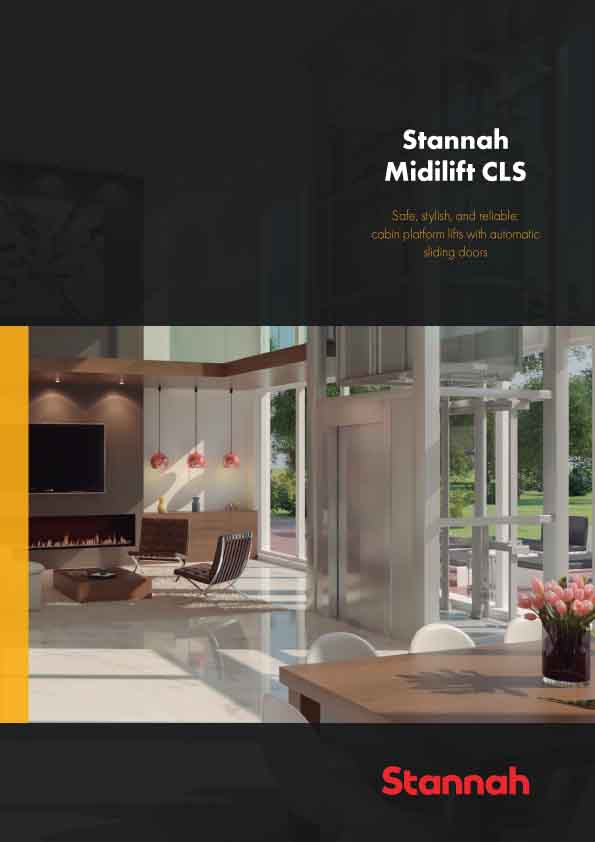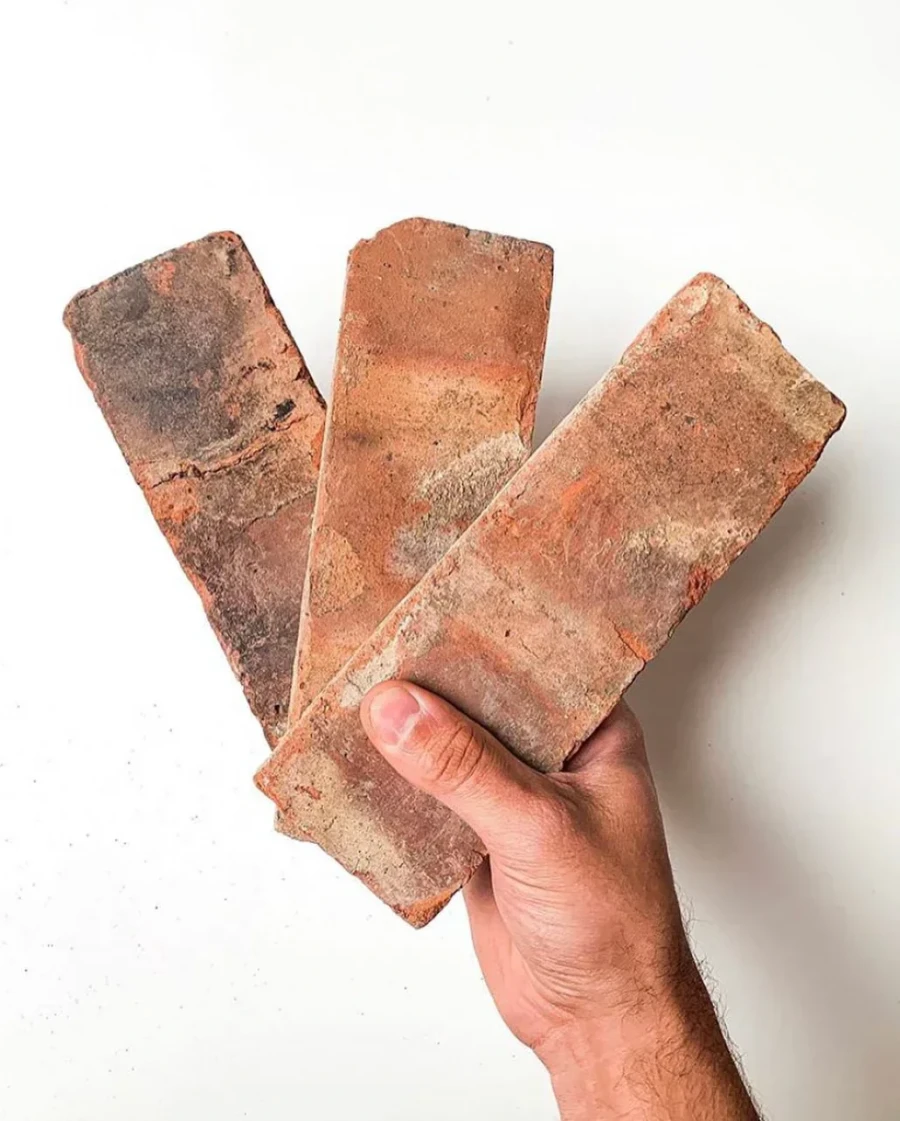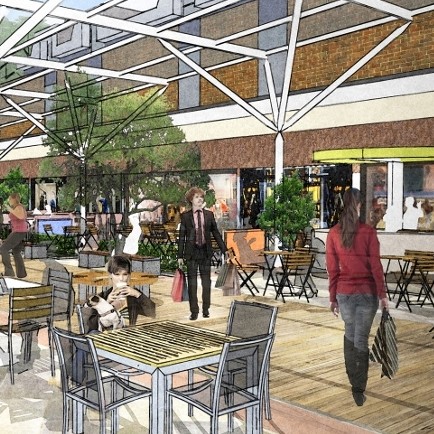
Smart investment of between £2 million and £12 million can reduce the high vacancy rates in secondary shopping centres from the current average of 14% to 3% while increasing the capital average value in excess of investment by at least £2 million, according to new research undertaken by architectural practice Child Graddon Lewis (CGL).
With serious challenges from out of town shopping centres and the growth of online and mobile retailing, the BCSC estimates that one fifth of UK shopping centres are in financial difficulties, with around 20 secondary shopping centres already on the market.
“In-town shopping centres, which tend to be under single ownership, have untapped potential to drive change and regenerate our high streets and town centres”, said Gillian Green, Director at CGL. “With a relatively small investment and the right mix of solutions, owners can turn struggling assets around, with a reduction in vacancy rates and an increase in capital values as a result.”
CGL used an existing secondary shopping centre to explore some of the most effective practical and site specific steps that can be taken when bringing forward alterations, extensions and change of use.
Gillian continues: “In terms of commercial floor space, retail property still commands the highest rents and capital values, and vacant shop premises hold significant hope values for landlords, so there will be reluctance to seek a change of use. The challenge for us was to show the practical advantages in exploiting vacant areas for multiple uses in order to facilitate regeneration in secondary shopping centres. At the same time, the way these projects are approached is paramount – working with architects can bring about more, longer term creative solutions.”
CGL’s research shows the practical approach to and benefits of assessing the overall amount of surplus space on all floors and then producing a complete plan to reconfigure the retail mix by creating a variety of units and incorporating new uses for long term flexibility. Its key results are as follows:
- The core strategy should focus on improving the mix uses and maximising the value of the ground floor of existing secondary shopping centres, which commands the highest rents.
- Exploiting all vacant areas and extending centres to incorporate an accommodation element (residential, hotel, student), can bring new customers directly to the centre and create a more predictable increase in footfall.
- Including new, non-retail uses such as community spaces, offices, gyms, children’s play areas, medical centres and/or restaurants and cafés – not only uses surplus space and increases value but attracts a new demographic that can further benefit the retail uses. The same applies to evening uses.
- Creating, exploiting and managing external spaces and internal atria, to offer markets and leisure event space can drive footfall and improve relationships with the local community. The shopping centre must provide what that community needs.
- Reconfiguring the retail mix and consolidating the A3 uses, while also creating a variety of units in terms of size and height to offer a diverse retail mix, is key to success.
- Planning policy is restricting mixed use development in town centres and although policy change is slow, there is a growing emphasis towards town centre mixed use developments. Town centres can provide more than just retail.
- With the challenge for landlords, owners, agents and local authorities being how to manage their centres, build relationships and make cost effective changes, this report has relevance to anyone interested in preserving and improving our town centre environments and communities.
‘Retail therapy: the cure for our secondary shopping centres’ was produced by architects CGL with planning specialists Nathaniel Lichfield & Partners and cost consultants Robinson Low Francis.








